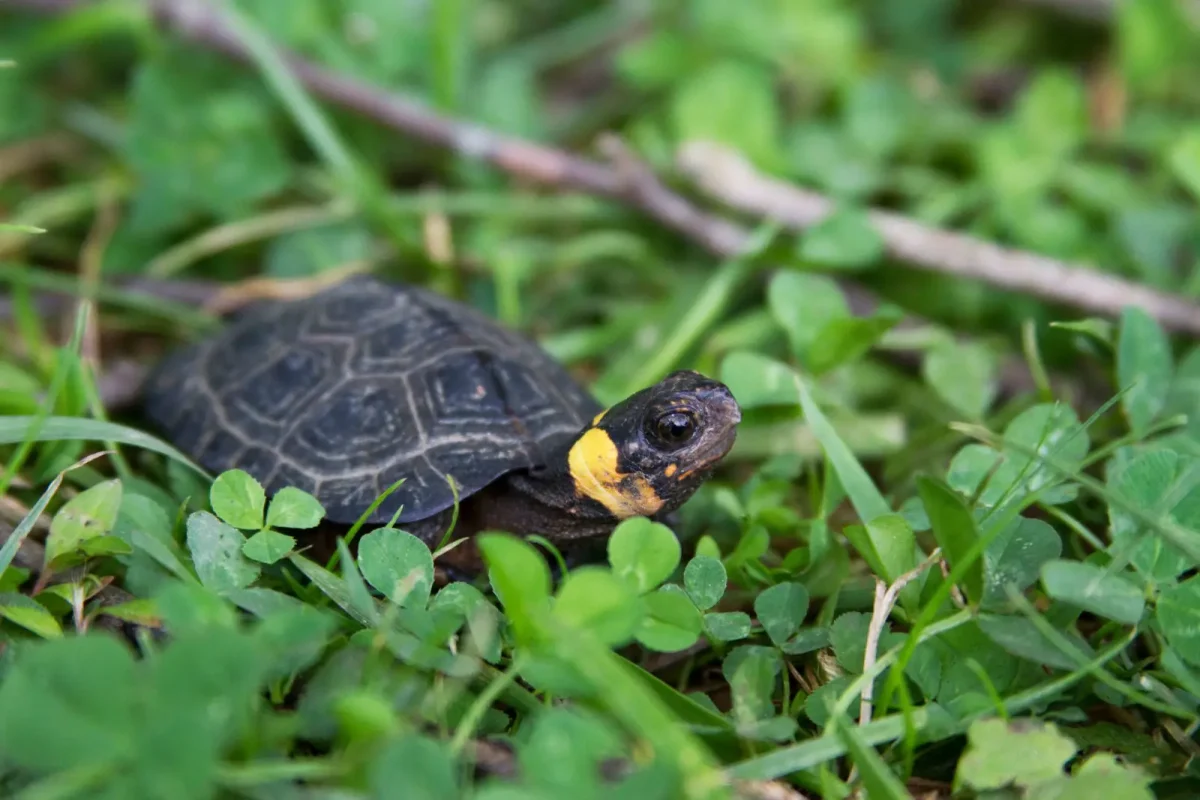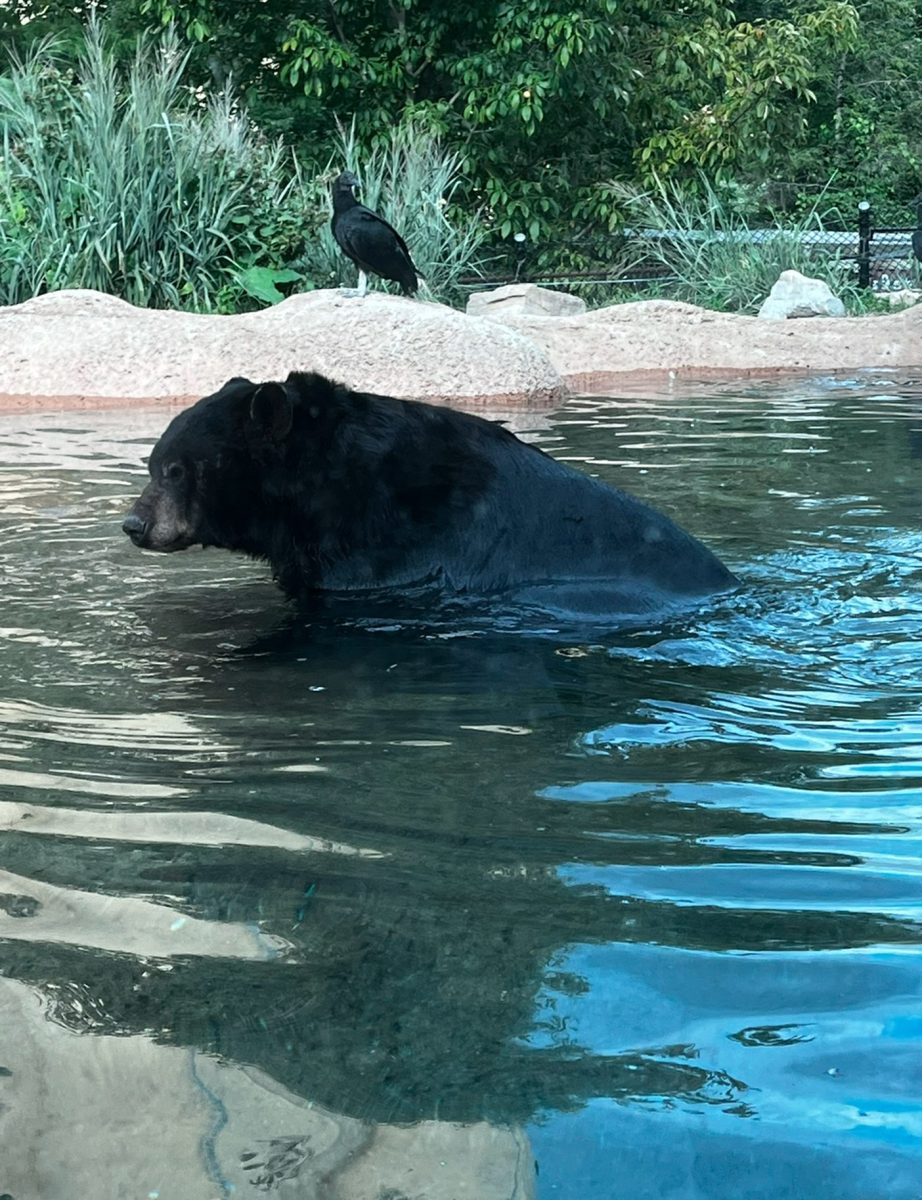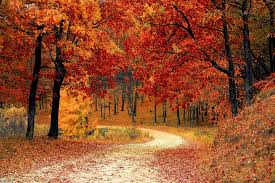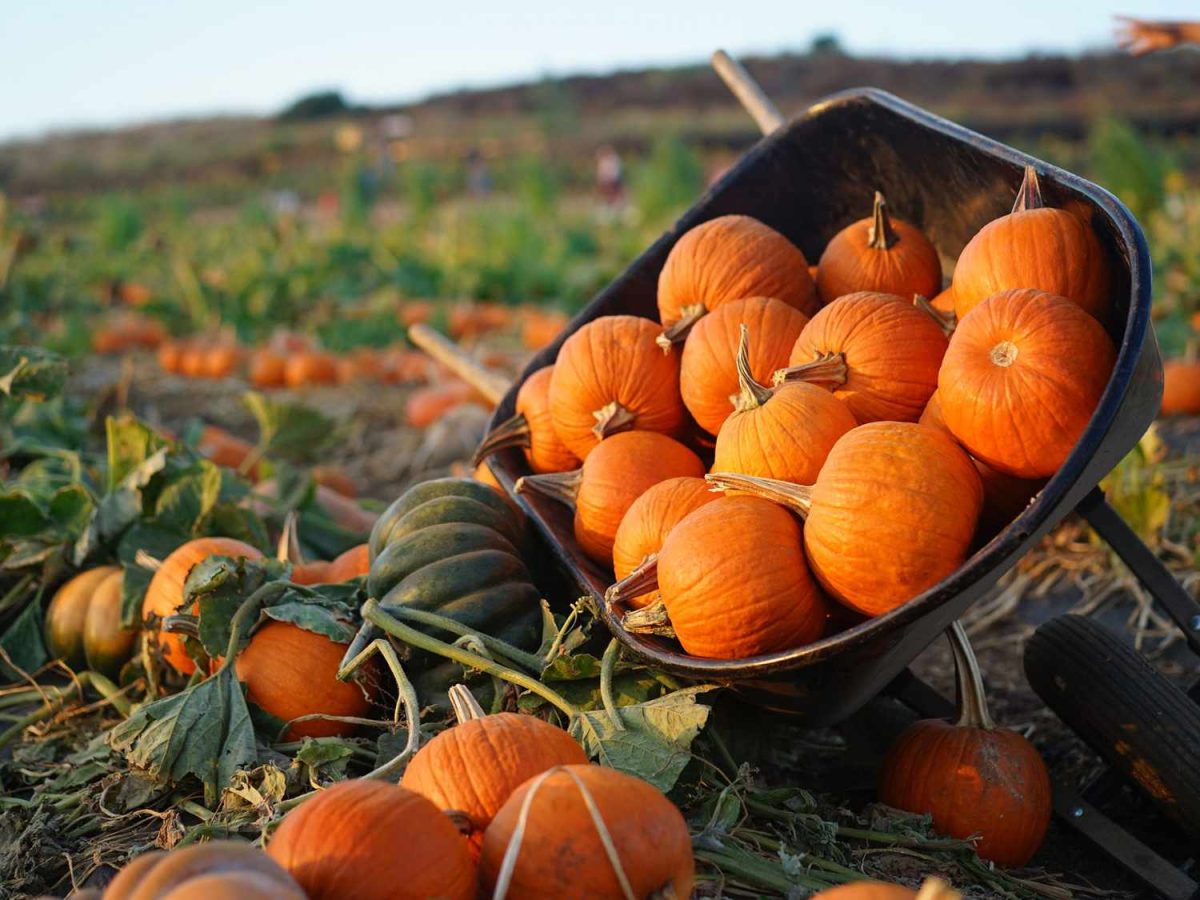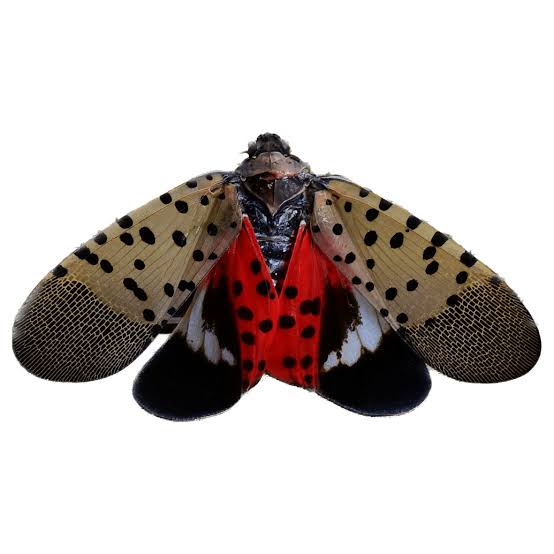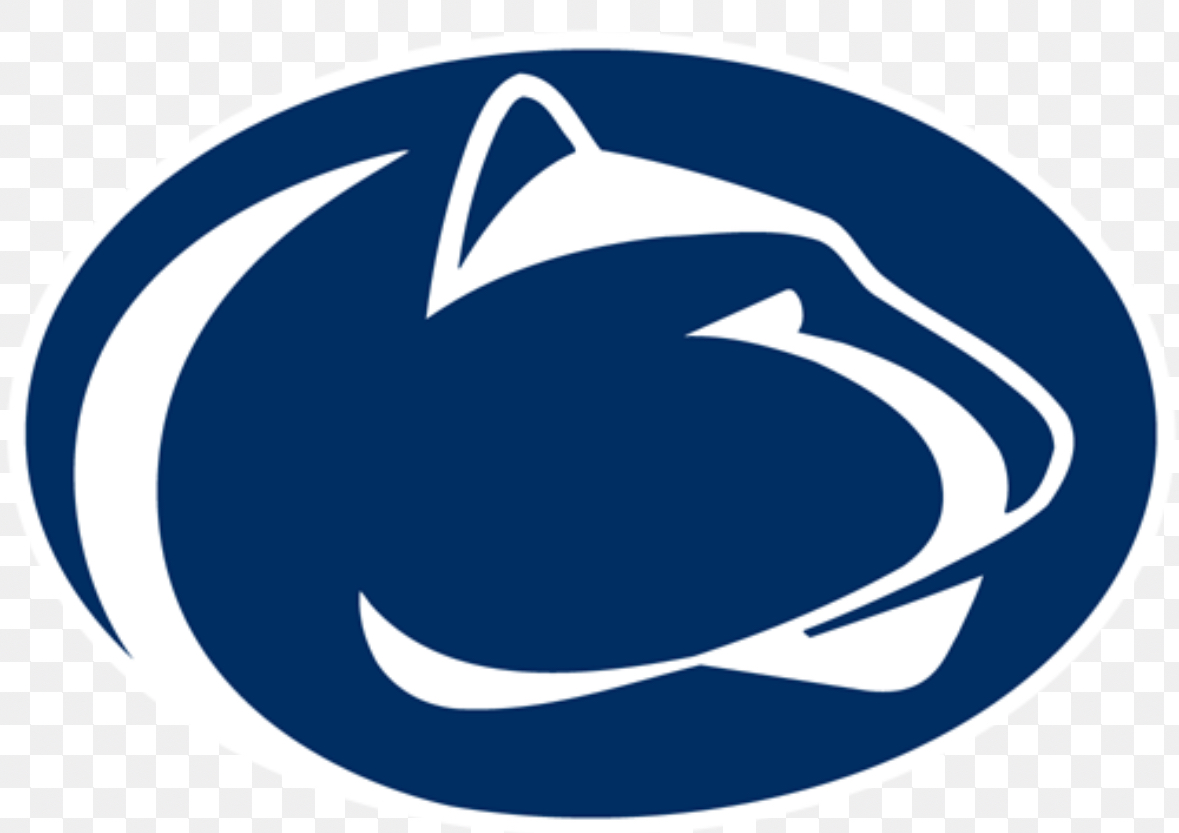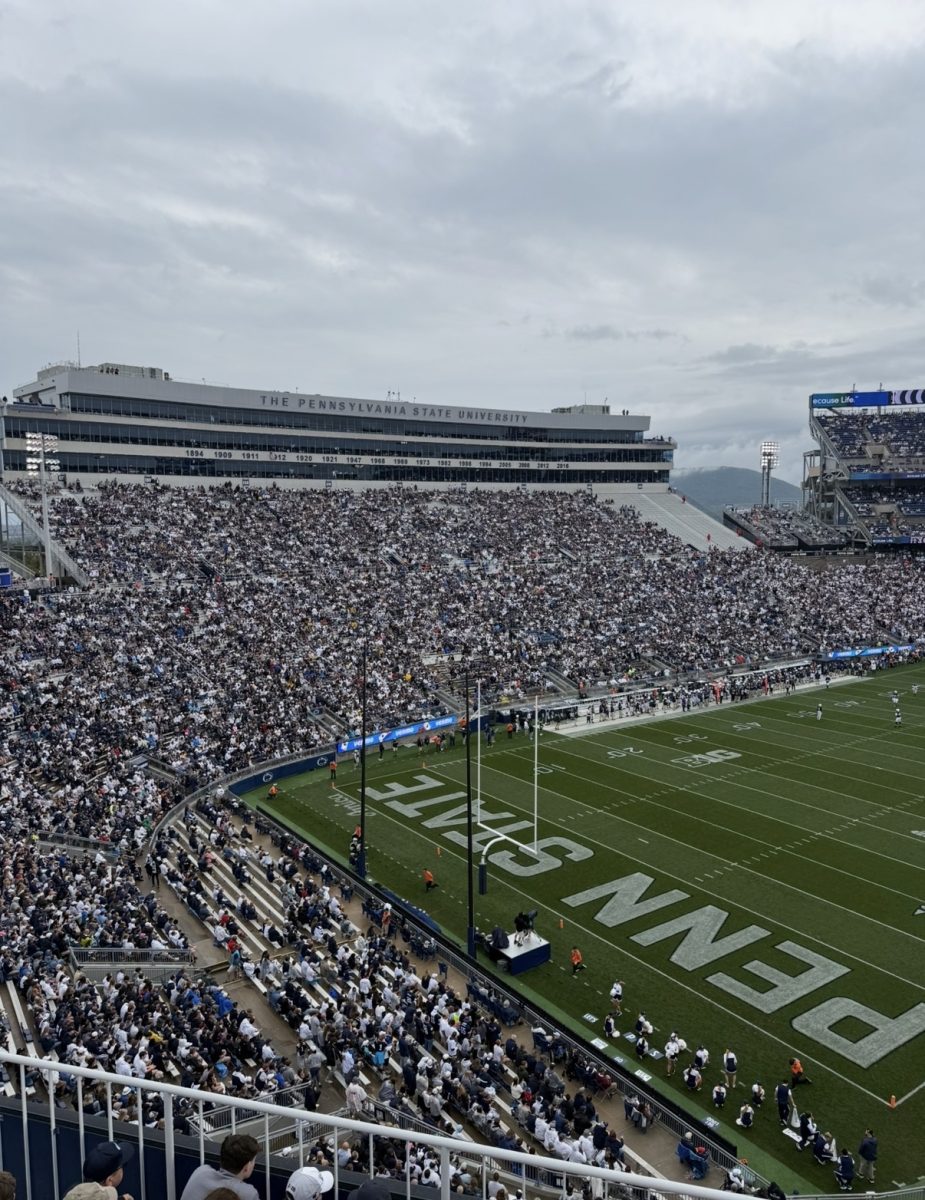Pennsylvania is known for having beautiful wildlife and landscapes, but some of that wildlife is in danger.
The bog turtle is a reptile native to Pennsylvania, New Jersey, New York, Maryland, Delaware, Connecticut, Massachusetts, Georgia, North and South Carolina, Tennessee and Virginia. They’re commonly found in calcareous wetlands, like meadows, bogs and marshes.
They’re usually dark brown, gray and other dark colors, along with a yellow stripe around the base of their head. The turtles can be found eating aquatic plants like duckweed, fruits and berries and invertebrates like slugs, snails, worms and other small insects.
Unfortunately, the bog turtle is critically endangered, and has been listed as threatened under the Endangered Species Act since 1997. It’s endangered due to habitat degradation from humans moving into their territories and eliminating their resources.
In order to help bog turtles, the environment they live in needs to be preserved. The wetlands and pastures need to be protected and improved. Bog turtles thrive in wetlands; it’s where they get their food, forage, hibernate and mate, therefore it is most important to focus on this habitat. Some ways to help include livestock fencing, other watering systems, controlling and keeping an eye on plants that invade the area, and overall restoring the wetlands.
These tactics usually require professional help to pursue, so it’s important to include ways you can help from home. For example, keeping the animals where they were found. If you find and pick up a bog turtle, it is extremely important to return them to the spot you found them in. You can also donate your time or money to any efforts that support saving the species. Lastly, don’t buy a bog turtle from a dealer. Since they’re listed under the Endangered Species Act, they’re protected from people taking and owning them, meaning if anyone tries to sell you one, it’s highly illegal.

